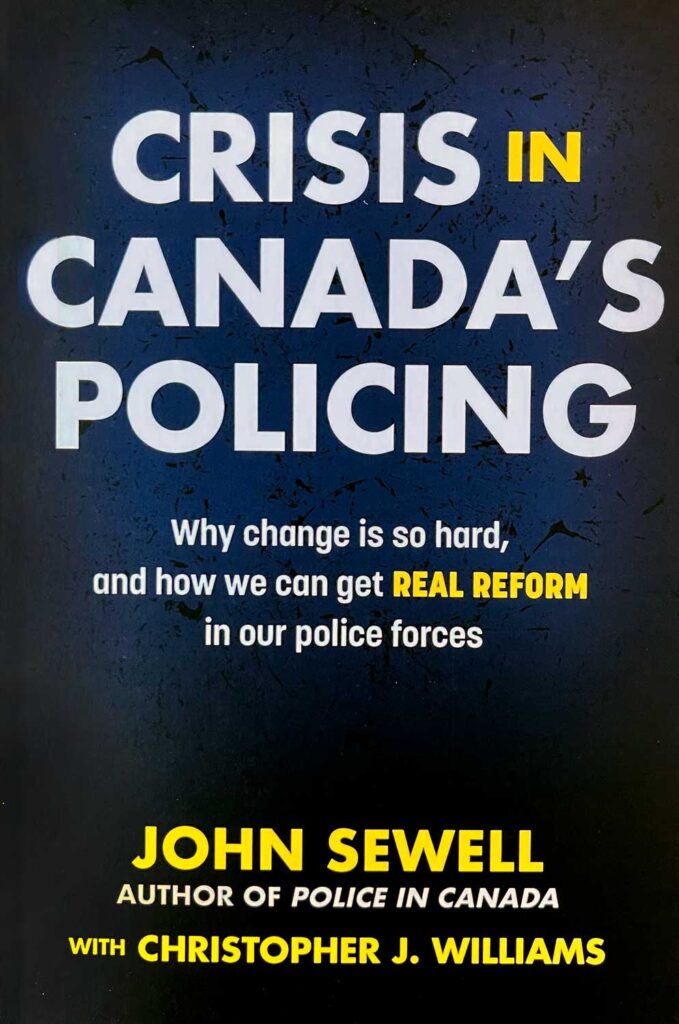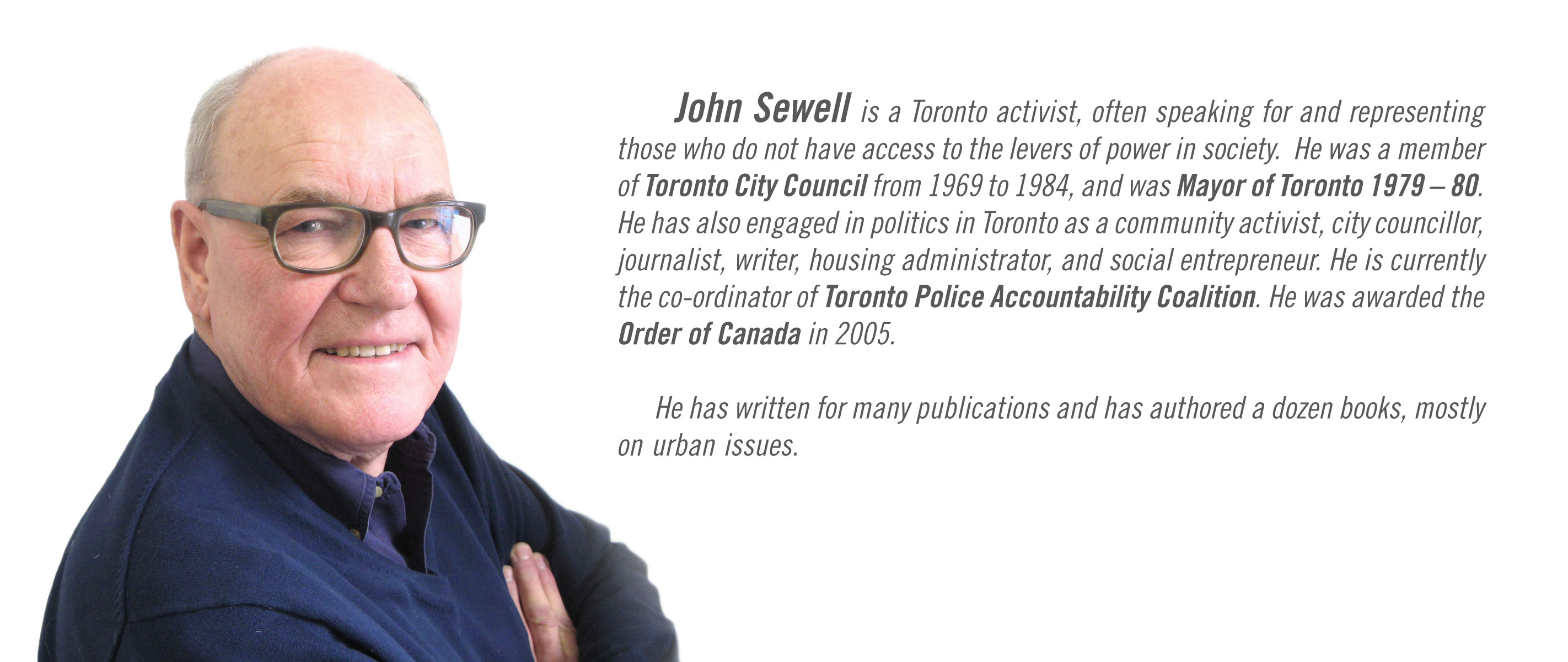
Crisis in Canada’s Policing (2021)
James Lorimer and Company
Crisis in Canada’s Policing, the new book by John Sewell with Chris Williams, describes the state of large Canadian police forces after the murder of George Floyd in May 2020. The many government reports on police over the last three decades are referenced, noting that few of their recommendations have been adopted.
Chapter 1, `Why Is It so difficult to change policing’, discusses police culture, officer solidarity in presenting evidence, excessive use of force, racism and sexism, lax reporting requirements, poor relationships with social organizations, ineffective discipline, the power of police associations, weak management and governance, and ineffective oversight. Examples are given from large police forces across Canada.
Chapter 2, `What do police do?’, addresses issues of crime data (comparing crime in large cities across the country), how police officers spend their time, measures of police efficiency including clearance rates, response time, police/population, and value for money. It looks at the usefulness (or not) of police patrol, police in crime prevention, suspect identification, pre-charge screening, police response to those in mental crisis, and the limited role police play in safety and security. Sections are included on private policing, as well as police, weapons and armour.
Chapter 3, `Systemic discrimination: police and race’, outlines the long history of racial discrimination by police, with substantial information on the discouraging history of carding and street stops in large Canadian cities, and discrimination again Indigenous persons for many decades, including incarceration rates, who gets shot by police in Canada, and racism within police forces.
Chapter 4, `Systemic discrimination: police and women’, reviews the conclusions of the Unfounded series by the Globe and Mail about police not taking seriously claims of sexual assault by women, looks at the Murdered and Missing Women report, intimate partner violence among police officers, sexual discrimination within police forces with particular attention to the RCMP, and sexual discrimination in training and promotion.
Chapter 5, `Recruitment, training and promotion’, begins by rejecting the practice of hiring general recruits, instead suggesting hiring by job description as all other large organizations do. It deals with similar methods of recruit training across the country, its impacts and limitations, and the need for further training for specific tasks. It reviews promotion practices within forces, the very limited police-controlled discipline practices, and suspension with pay (except in Alberta.)
Chapter 6, `What is to be done’, begins by discussing ideas of abolishing or de-establishing police organizations, referring to several examples of this being attempted in USA. It includes comments on demonizing those arrested, noting that studies show that most of those who are incarcerated were victims before they were arrested, and that extraordinary amounts of social sending ($7 billion a year in Edmonton) are failing to address and resolve the clear social problems which exist and need to be rethought with much more emphasis on affordable housing and income support. Ideas of defunding or de-tasking police have been considered and implemented in some jurisdictions, removing police from mental crisis, homelessness, overdose and youth calls, and thoughts are given to removing police from traffic calls, all of which will have a significant positive impact on racial discrimination by police.
Significant changes are needed to disrupt and dismantle the way policing is now delivered: collect race-based data; implement pre-charge screening; find new ways to hire staff and hire managers; make discipline procedures more independent and transparent; de-weaponize the rank and file; substantially change who sits on police boards.
The book is available at Chapters/Indigo and other bookstores. It can be ordered online at Lorimer.ca Phone orders: 1(800) 565-1975.

